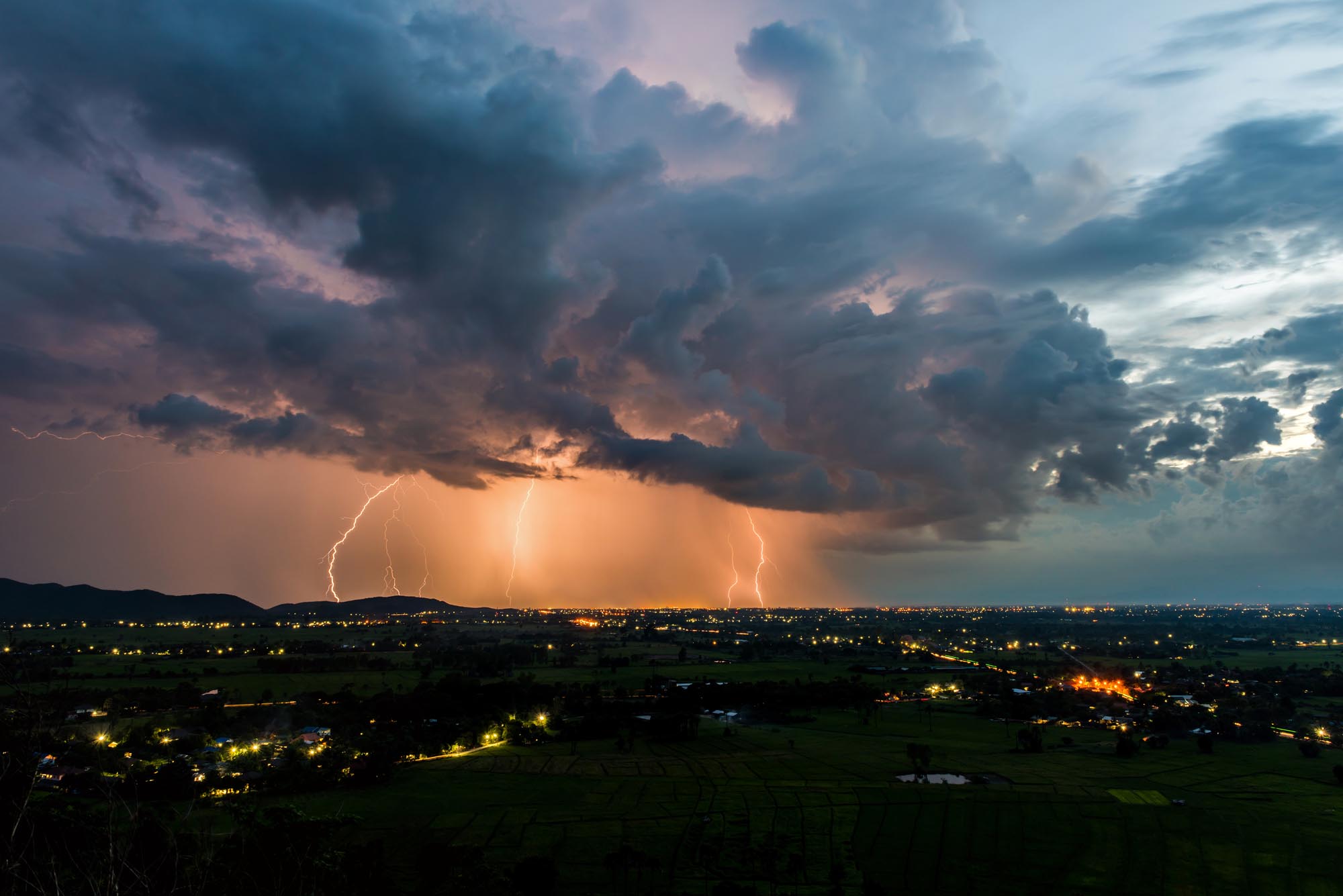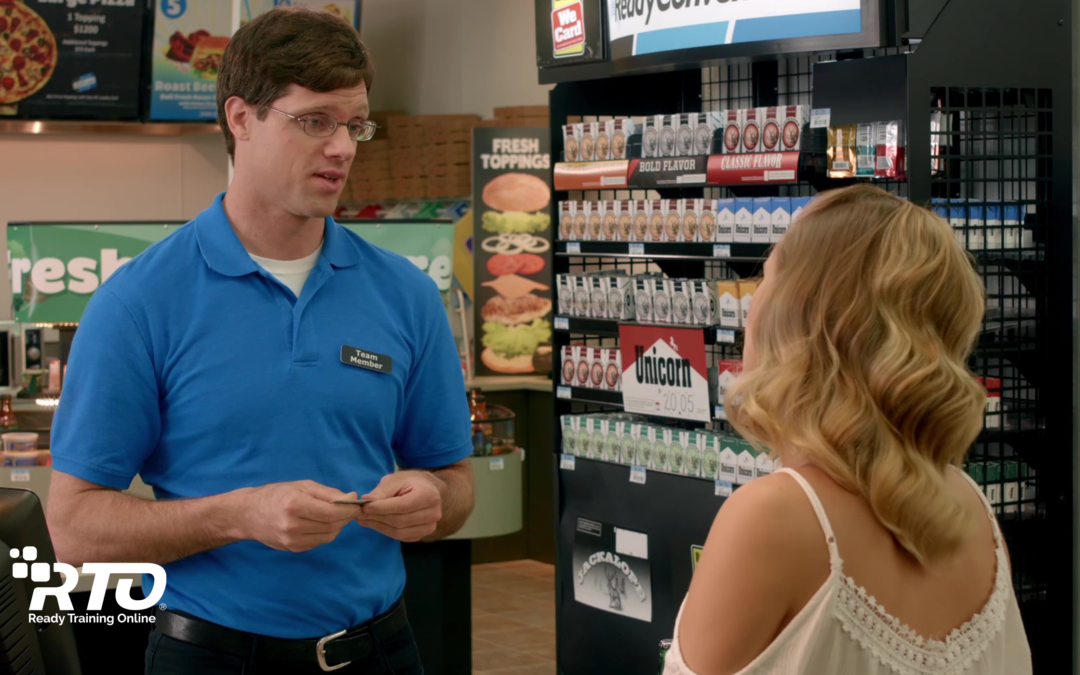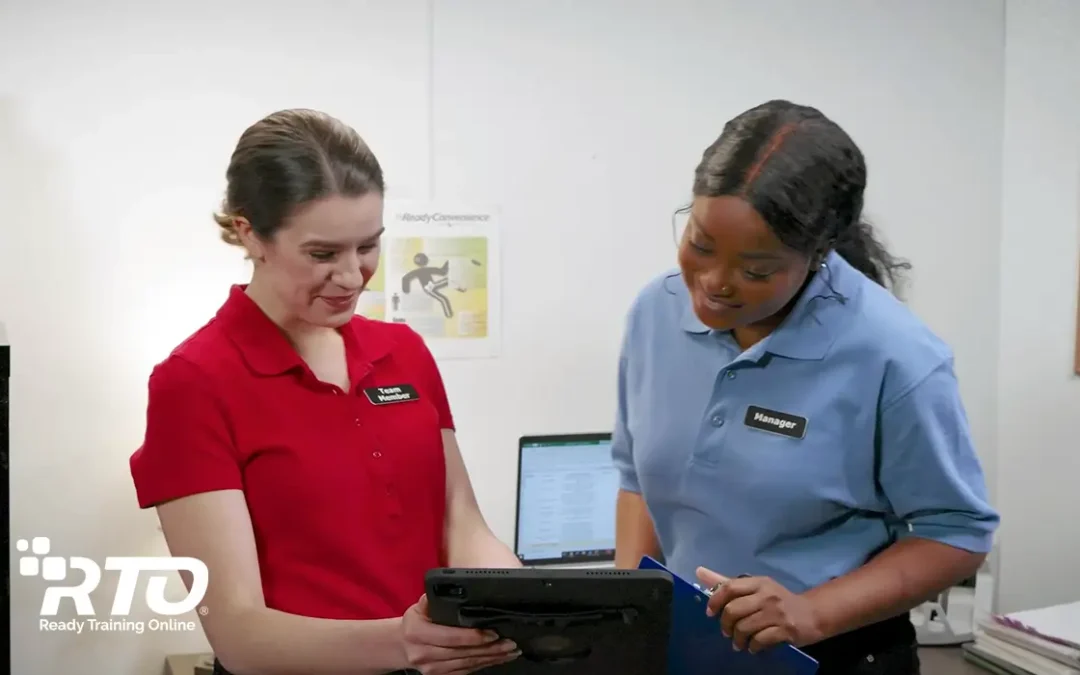As the seasons change, so do the chances of severe weather in your neighborhood. Weather events such as tornadoes and severe thunderstorms threaten not only your physical store, but also the lives of your employees and customers. Severe weather preparedness training is the key to staying safe during severe weather season.
Training Topics for Weather Preparedness
Every store will have its own specific severe weather procedures, but typically they will focus on safety and security. Don’t wait until severe weather is on its way to train your staff. Weather preparedness training should be part of your orientation program, and refresher sessions should happen regularly. When training your staff to be prepared for severe weather, remember the acronym SOS: Self, Others, Store.
Keep Yourself Safe
Just as they tell you before every flight, you have to keep yourself safe in order to help others. Again, preparedness is key. Follow these steps to keep yourself safe:
- Have a weather radio in the store or an alert system on your phone so you’re aware of quickly changing weather conditions.
- Understand watches vs. warnings. When a severe weather watch is issued by the National Weather Service, it means weather conditions are favorable for a severe event to occur. When watches are issued, store managers should review emergency action plans with the team and continue to monitor broadcasts. Warnings require that immediate action be taken, and danger is imminent.
- Know your store’s safety procedures, including the safest part of your store to seek shelter in the event of a tornado. Often this is the restroom, closet, interior hallway, or small room in the center of the store, away from windows.
- Use common sense. Nothing will keep you and your staff safer than a healthy dose of good judgment. As severe weather approaches, stay inside, and encourage others to do the same.
Keep Others Safe
Convenience stores often become busy as severe weather approaches and people seek shelter. This presents unique challenges to managers and staff. Follow these steps to keep others safe:
- As manager, take control. Explain the conditions as you understand them, and maintain calmness even if things feel chaotic. Never exaggerate the danger to customers or employees.
- If the emergency broadcast system issues a warning, announce it clearly four times: twice outside and twice inside.
- Do not deny shelter to anyone. If someone inside your store decides to leave, discourage them, but do not attempt to physically stop them.
- In case of an injury or other medical emergency, administer first aid to the best of your ability and alert medical response teams immediately.
Once the storm has passed, announce possible dangers, such as broken glass and other dangerous debris, fire, gas leaks, and electrical hazards.
Keep the Store Safe
While the safety of your customers and employees is most important, as manager it’s also your job to protect the store. Once you’ve done everything you can to keep yourself and others safe, follow these tips to secure the store.
- If you lose power, place a sign in the window alerting customers that registers are down and the store closed. Depending on the weather emergency, lock the exterior doors.
- Close and lock all checkout terminals and cash control areas.
- Drop and secure excess cash when a weather emergency is imminent.
- If you sell fuel, turn off the fuel dispensers with emergency shut off.
Remember, being prepared for severe weather is critical to safety and security. Online training courses for severe weather preparedness make it easy to train new employees and regularly assess your staff readiness. Click here for an example.
For more weather related resources, visit the National Weather Service “Weather Ready Nation” site.
Severe Weather Preparedness Training
Ensure your convenience store employees are prepared to handle severe weather events with our Severe Weather Preparedness online training module. This training covers the difference between watches and warnings, procedures to follow during specific severe weather events, and how to secure your establishment in the event of a power outage. Employees will also learn the importance of remaining calm and gain a clear understanding of the procedures to follow when a severe weather event occurs. Click here for a preview.





